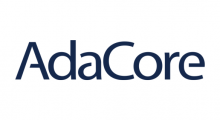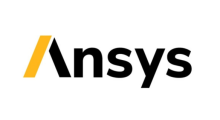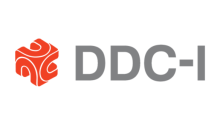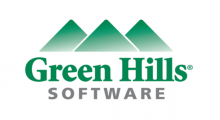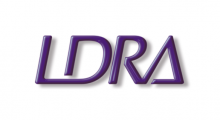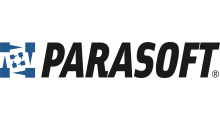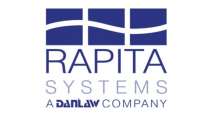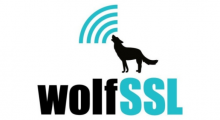DO-178C and the Overarching Properties Initiative
George Romanski
Chief Scientific and Technical Advisor, Computer Aircraft Software at the Federal Aviation Administration

Aviation regulations require a high degree of confidence that systems controlling or assisting the pilot to control aircraft do not compromise safety. Many of these controls are provided through Software or Airborne Electronic Hardware. The current prescriptive approach to the certification of these systems have been used successfully for many years, but with the increase in the size and complexity the verification costs are becoming disproportionate with the development costs.
When safety enhancing component use is optional, there is a balance between the improvement in safety and the acquisition cost of a certified product. The FAA and EASA, with the help of some partners are working to provide alternatives to the existing guidance documents such as DO-178 and DO-254 to make the development, verification and approval of airborne systems more flexible.
The “Overarching Properties” provide a framework to show that a product possesses the characteristics that make it compliant with the intended behavior and safety, relying an assurance cases to provide appropriate evidence.
The “Abstraction Layer” is an initiative to capture the intent of the existing guidance and describe this at a higher level that captures the intent and meaning of these documents. This will support the evaluation of other standards and methodologies to demonstrate they are adequate alternatives, or to document the gaps.
The two initiatives are still in their early stages, but the hope is that by offering different paths to approval, the innovation in the aviation sector will continue to thrive and prosper without compromising safety.



